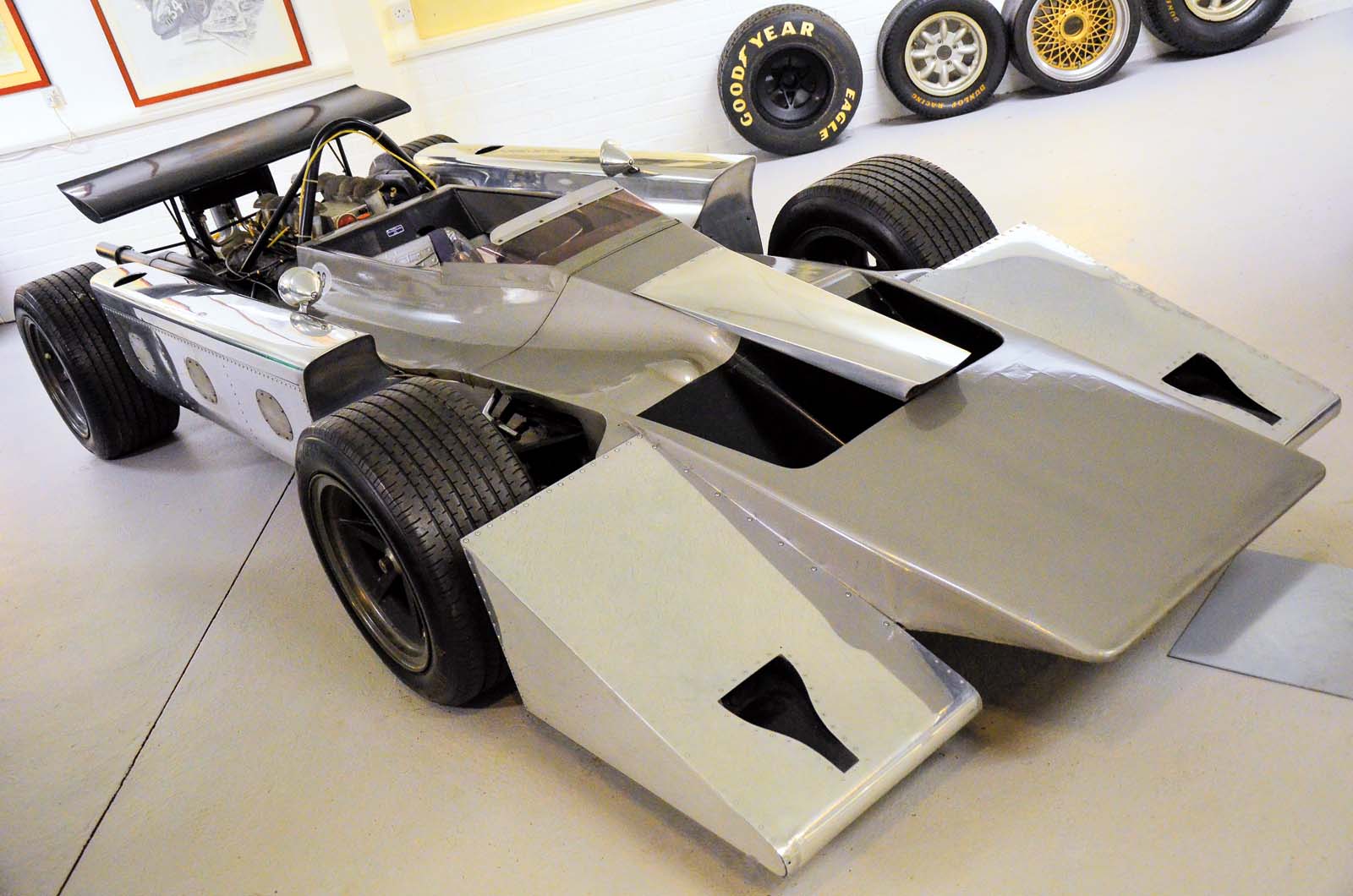Fabrication Automation LLC: Perfecting Welds Together with Customers
Fab Automation helps manufacturers achieve greater process efficiency by providing welding and industrial automation solutions. The post Fabrication Automation LLC: Perfecting Welds Together with Customers appeared first on Fabricating & Metalworking.


For Skip Doyle, owner of Fabrication Automation LLC (Fab Automation), continuous improvement in metal fabrication is an ongoing journey due to ever-evolving metal fabrication industry technology.
The ability to share his years of metal fabrication industry expertise with fabricators results in solutions that provide more efficient, easier, faster, and accurate processes. “It is fun when you make something better, when you improve it — and that is what we do at Fab Automation,” Doyle said.
Fab Automation, based in Cincinnati, Ohio, and formed in 2005, provides semi-automatic and fully automated welding systems to American metal manufacturing companies. Doyle’s background is as a manufacturer’s representative for metal forming and fabricating companies. He created Fab Automation as a response to customer requests to import machines that allowed them to trade machines in against newer versions of the same machines. The company he represented did not possess that capability. So, in the early 2010s, Doyle began importing semi-automatic seam welding machines from Schnelldorfer Maschinenbau, which complemented his work representing an industry supplier’s bending machines.

Today, Fab Automation supplies systems and training from Schnelldorfer Maschinenbau, based in Schnelldorf, Bavaria, Germany. The machines focus on longitudinal seam welding, corner seam welding and circular seams, and include the brand names CornerWeld and LinearWeld. The CornerWeld products eliminate post-weld grinding and finishing, providing consistent quality on stainless steel, aluminum and carbon steels where all corners look identical. The models include the NimbleSafe 100, CornerWeld 300/500 and CORNER ONE 160/320. The longitudinal seam welding machines include LinearWeld XL EXTL and Elena One.
Doyle said Fab Automation is also becoming a full-service supplier to support and provide solutions to its customers that want to add welding automation to their processes. “We have recently engaged in relationships with both European and U.S.-based automation specialists,” Doyle said. He noted that not only is this a service to Fab Automation but to its customer’s existing equipment in terms of service and support.

Fab Automation imports laser and waterjet cutting systems from TCI Cutting based in Guadassuar, Valencia, Spain. Laser cutting machines include Smartline Fiber, Dynamicline Fiber, Spaceline Fiber and Smarttube Fiber. TCI Cutting’s waterjet cutting systems include bridge waterjet and arm waterjet cutting machines.
Regarding the manufacturing process and these fabrication machines, “The best place to start is creating the flat blank,” Doyle noted. “If the flat blank is correct, then we are off to a good start. If the flat blank is incorrect — maybe the CAD file or blanking technology is off just a little — then everything about automation becomes a challenge. “The beginning of the process is the same to me in any fabrication, but especially when automating fabrication, and then welding, which goes right after fabrication,” Doyle said.

Fab Automation assists companies in achieving correct flat blanks, not through supplying bending machinery, which is not a focus of the business, but through asking the right questions such as: How does your shop draw parts? How do you design corner fit ups? “We talk about how the software can make the flat blank, unfold it automatically, and then from that point, cut it on your laser,” Doyle said.
In regard to tube welding capabilities, “a big part of our customer base is working with super thin material tubing like out of Inconel and stainless steel,” Doyle said. “They are working with exotic metals for the aircraft and the aerospace industry, rolling the beads in order to make flexible metal hosing, also called metal belts. So, you can’t cut that with a laser. You can only cut that with a cold process like waterjet.”
The TCI Cutting line is a perfect fit for those customers, Doyle noted, and that is why Fab Automation is working with customers to implement more automation into their manufacturing processes. “I’m looking to get things done in an efficient manner that customers can benefit from.”

The machines from both Schnelldorfer Maschinenbau and TCI Cutting, as well as training, are supplied to Fab Automation’s customers involved in manufacturing a range of metal products such as appliances; food equipment; HVAC systems; the tubes in chimneys; architectural products such as cold air returns; tool boxes; electrical enclosure boxes; power fluid tubes for the aircraft and aerospace industry, and more.
Teamwork Makes the Dream Work
Doyle and his team work diligently to serve customers, based on a foundation of experience and training. Team members include technician Alex Graham, who continues to receive training on the machines in Europe and at the Fab Automation facility; and Jen Trautmann, who handles quoting, logistics and many more functions. The team also has a dedicated engineer at Schnelldorfer Maschinenbau who provides support to the team and provides solutions to customers greatest challenges, including those related to lean manufacturing processes such as successfully implementing more automation into their processes.

Doyle noted when it comes to the future of automation and other technologies in the metalworking industry, the Fab Automation team takes a pragmatic approach. “The push to full automation is a real thing, and I see it getting stronger,” Doyle noted. He said when visiting with clients, the conversation comes down to the point of diminishing returns when exploring the addition of a robot or adding fully automated cycles to production processes. And exploring how many capabilities a customer would want to automate in the cycle such as the ability to add a stud weld. What if they want to grind? What if they want to put a grain on?
The Fab Automation team assists companies of all sizes in answering these questions, based on their years of experience in metal fabrication and through lean manufacturing analyses.

“As always, attention needs to be paid to points of diminishing returns,” Doyle pointed out. “Some companies may overspend because they don’t have a choice. We hope to provide a common sense approach to what makes sense, and what does not for our customers.”
Doyle said the majority of Fab Automation’s customers are focused on lean manufacturing practices, where operators perform very little setup. The companies want to use universal tooling or they want things completely automatic. “So, how do we do that?” Doyle asked. “Sometimes we come up with ways the tooling can be pre-sectionalized in custom dimensions that match the customer’s range of product sizes.”
What’s more, the fabrication machines speed up processes, much more efficiently. “With the semi-automatic welders there is a full-time operator doing the process — it’s just much more efficient than welding by hand,” Doyle pointed out. “We save a company’s skilled welders for more difficult work.” The training process on the Schnelldorfer Maschinenbau machines takes two to three hours to learn, depending upon the operator. The Fab Automation technician supervises the process for a couple of days at the customer’s facility.

Whether a customer wants to add a technology it doesn’t possess or if they are looking to better control processes with less human intervention, Fab Automation provides answers to questions such as: How many parts does the company make? How many parts do they need to produce per hour, and how many parts do they need to produce per day? What is their overall equipment effectiveness (OEE)? How fast will they be feeding parts of the cell? How fast will they move these parts in and out of the cell? “Some common sense starts to take over and maybe we add a second cell or maybe we do it inside the cell,” Doyle pointed out.

Depending on the parts a customer is manufacturing, the geometries involved, and other processes, OEE results of 85% or 70% are achievable. “It is based on what the customers are making and how lean they are,” Doyle said. “How committed are they to zero setup times and the things that feed that? I think the drive and the push for that is going to get stronger until we become more fully automated, and that applies to small shops and big shops.”
Focus on the Bend to Ensure a Smooth Weld
Doyle reiterates the importance of the metal bending process to the successful use of machines such as the corner seam welders. After all, the bending process is the beginning of the process with these fabrication machines. For one large fabrication company, which learned about and viewed the demonstration of a CornerWeld machine at a FABTECH show, the experience resulted in massive time savings in the production process.
Doyle said the company official who was watching the demonstration marveled at the fact that the coupon was being welded without a collar and wasn’t leaving clumps of welding material on the workpiece. Doyle commented that if operators bend the material correctly, they can weld it just like this every time. After FABTECH, the company sent parts to Fab Automation’s Cincinnati facility to prove the process on the 18-gauge stainless steel material. “We welded them, and they were perfect,” Doyle said. “Their blank development was okay, but the bending was not. And the reason it wasn’t is because they just assumed that the welder had to do all that work to the part — that it was just part of the process — and they were doing it that way for years.”

With the corner seam welding machine, operators went from spending nearly 15 minutes per metal panel to weld and finish their high quality sheet metal panels to saving roughly 12 to 13 minutes on every panel, while reducing their setup times to roughly one minute per changeover.
In another customer example, a prospective customer visited Fab Automation’s shop to test weld some of corners on their products with the machines. “The welding went great, things could not have been better, and toward the end of the visit, I asked him how many parts he had to weld per day [thinking it was hundreds],” Doyle said. “He answered, ‘about 50.’ I felt deflated and dumb but still asked him if the machine made sense for him. He immediately responded, ‘Are you kidding me? I can open up my welders/finishers for many more jobs per day if I can get these simple corners off of their plates.’” The prospective (and now) customer told Doyle it normally would take his team all day to produce what they just produced in two hours in the test.

Doyle shared that in the future, manufacturers should continue pushing to be better, and that Fab Automation will also keep pushing to be better. “The process of continuous improvement is the real thing,” he said. There is never an end to the road. We are never done improving because technology is always changing. Maybe we can help.”
He concluded that as long as the manufacturing market continues to strive for greatness, “we should have plenty to talk about.”
The post Fabrication Automation LLC: Perfecting Welds Together with Customers appeared first on Fabricating & Metalworking.










































































































































































